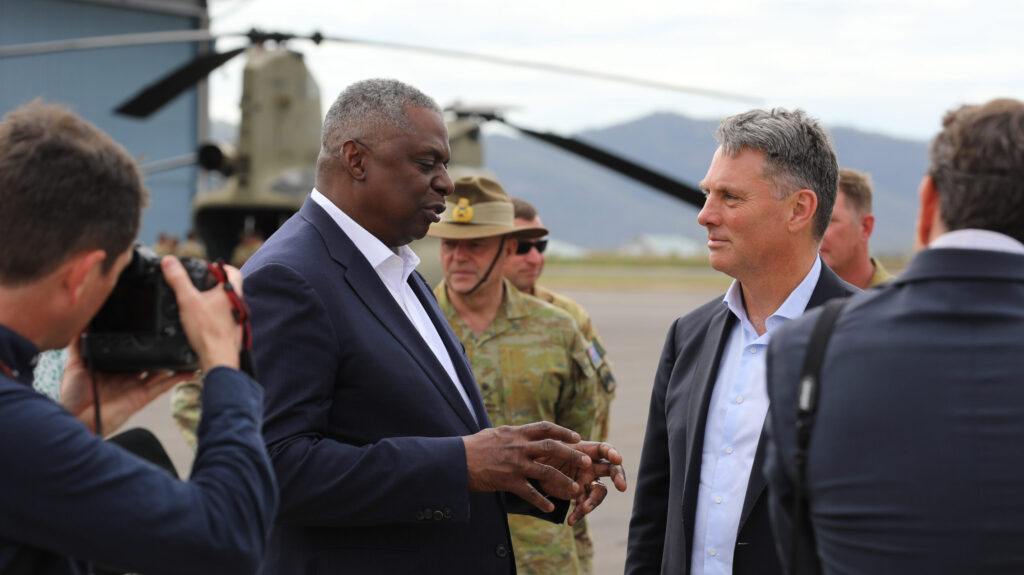- Joined
- 21 April 2009
- Messages
- 13,490
- Reaction score
- 6,949
Around the web I have gotten into several 'discussions' concerning US defense spending. One side always leads with 'We spend more than X countries combined' I usually interject that percentage of GDP is a more important gauge of 'affordability' while the dollar amount relfects the 'cost' of defense. Not a perfect comparison and usually results in a least one person calling me a 'crazed pro-military hawk' - as if that offends me ;D but it did get me to thinking because sometimes the initial story also has a 'But what are we getting for it' theme as well.
But quickly back to 'cost vs affordability'. The example I give is the person who makes $50,000/annum and spends $25,000 on a car and the person who makes $1,000,000/annum and spends $250,000 on a car. Everyone here knows where I am going with this one person pays 10X as much but that purchase is more 'affordable' to them because it is only 25% of income as opposed to 50%. Now you can say the high income person is an idiot to spend that much but nontheless they could afford to spend the money.
However, as a person with some knowledge of economics I know when dealing with a whole economy other factors can and should be taken into consideration but my intent is not to get into the weeds on the issue. Also, regardless of these other issues my basic conclusion, mainly, that at 3.3% of GDP non-war defense spending is easily affordable for the US.
Now to the 'What we are getting for the money' argument. Well regarded members of the defense media on both sides of the spending issue seem to indicate we are not getting our money's worth. One comparison is that they point to the size of the Reagan military compared to today when we are spending similar 'inflation' adjusted dollars as in the mid-80's.
But that led me back to the % of GDP issue. At the height of the Reagan build-up we were spending around 6.1% of GDP compared to today's 3.3% so if defense spending was equal on this measure today's defense budget would be $976 billion compared to the roughly $525 billion we spend today. That extra $451 billion would leave us with an even larger military than in the 80's if my estimates are accurate (feel free to correct). Some point to the cost of F-22s and that we only have 186 of them compared to the hundreds of F-15's that were to be replaced. With the extra $450 billion we could afford similar replacement numbers OF A MUCH better fighter.
So all things considered IMHO I think we are getting a pretty good deal.
Now how to spend the extra $450 billion ;D
Any input other members have would be appreciated and if the forum members feel there is no value to the post I will not be offended if it is banished from the site.
But quickly back to 'cost vs affordability'. The example I give is the person who makes $50,000/annum and spends $25,000 on a car and the person who makes $1,000,000/annum and spends $250,000 on a car. Everyone here knows where I am going with this one person pays 10X as much but that purchase is more 'affordable' to them because it is only 25% of income as opposed to 50%. Now you can say the high income person is an idiot to spend that much but nontheless they could afford to spend the money.
However, as a person with some knowledge of economics I know when dealing with a whole economy other factors can and should be taken into consideration but my intent is not to get into the weeds on the issue. Also, regardless of these other issues my basic conclusion, mainly, that at 3.3% of GDP non-war defense spending is easily affordable for the US.
Now to the 'What we are getting for the money' argument. Well regarded members of the defense media on both sides of the spending issue seem to indicate we are not getting our money's worth. One comparison is that they point to the size of the Reagan military compared to today when we are spending similar 'inflation' adjusted dollars as in the mid-80's.
But that led me back to the % of GDP issue. At the height of the Reagan build-up we were spending around 6.1% of GDP compared to today's 3.3% so if defense spending was equal on this measure today's defense budget would be $976 billion compared to the roughly $525 billion we spend today. That extra $451 billion would leave us with an even larger military than in the 80's if my estimates are accurate (feel free to correct). Some point to the cost of F-22s and that we only have 186 of them compared to the hundreds of F-15's that were to be replaced. With the extra $450 billion we could afford similar replacement numbers OF A MUCH better fighter.
So all things considered IMHO I think we are getting a pretty good deal.
Now how to spend the extra $450 billion ;D
Any input other members have would be appreciated and if the forum members feel there is no value to the post I will not be offended if it is banished from the site.










